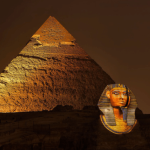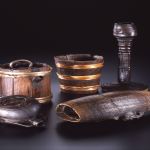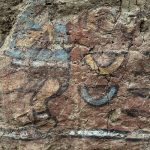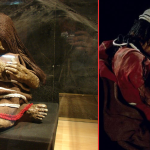Greek Metope: Insight into Ancient Conflict
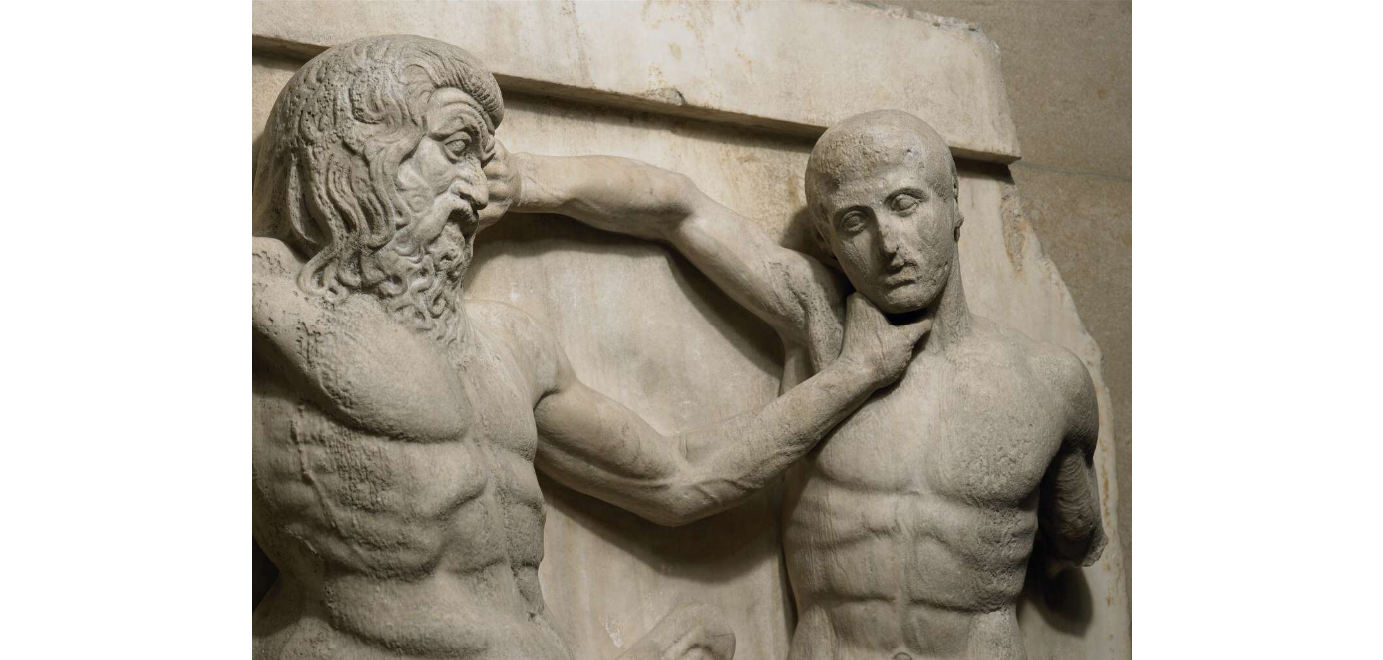
In the hallowed halls of the British Museum in London, amidst the treasures of antiquity, resides a piece that captures the essence of an ancient struggle: a Metope depicting a Centaur and a Lapith locked in combat. This artifact not only showcases exquisite craftsmanship but also preserves a moment frozen in time from Greek mythology.
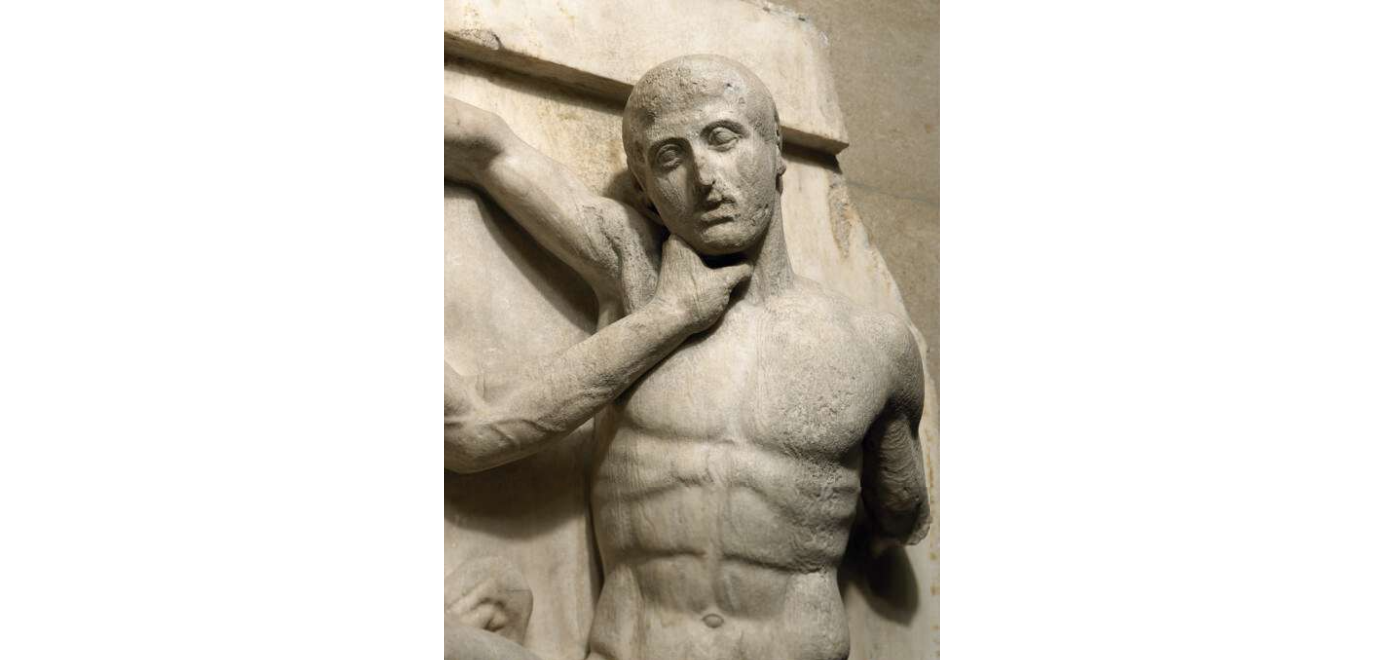
The Metopes were originally part of the Parthenon, the iconic temple atop the Acropolis in Athens. Carved by skilled artisans between 447 and 432 BCE, these marble panels adorned the exterior of the temple, recounting scenes from Greek mythology and history. Each Metope told a story, often depicting heroic feats, divine interventions, or mythical conflicts that resonated deeply with the ancient Greeks.
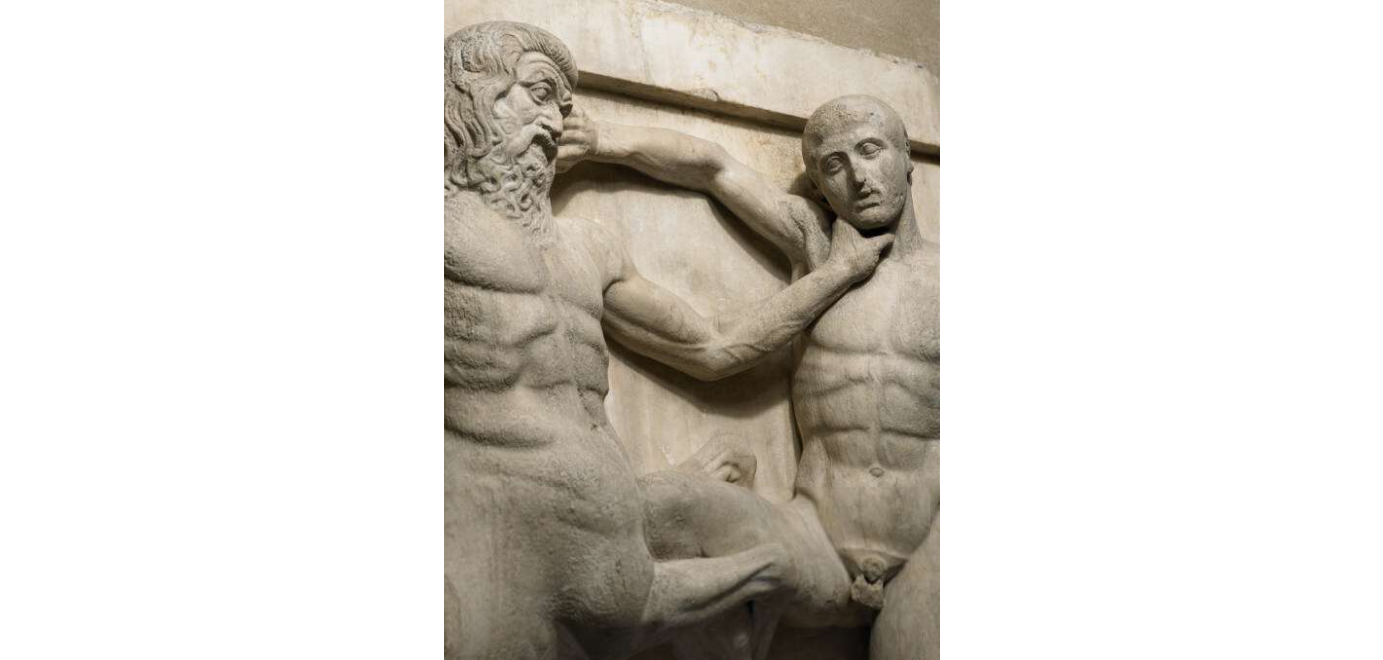
Among these narratives, the battle between Centaurs and Lapiths was a popular motif. According to Greek mythology, the Centaurs were creatures with the upper body of a human and the lower body of a horse. Known for their wild and unruly nature, they frequently clashed with humans and gods alike. The Lapiths, on the other hand, were a tribe known for their valor and civilization. The conflict between them symbolized the struggle between civilization and barbarism, order and chaos.
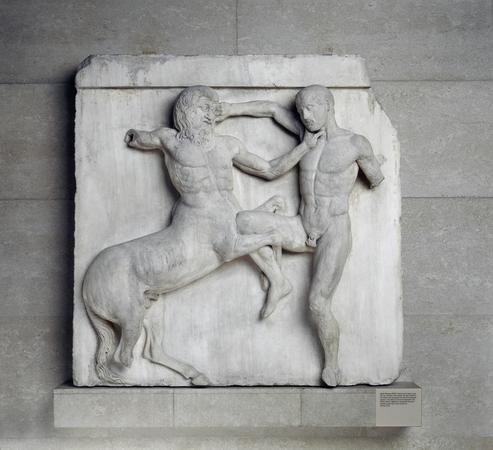
The Metope in question illustrates this conflict vividly. The scene is dynamic, with the muscular forms of the Centaur and the Lapith engaged in fierce combat. The tension is palpable, frozen in the timeless beauty of marble. Each detail—the taut muscles, the strained expressions, the flowing drapery—contributes to the narrative, conveying the intensity of the struggle.
Stolen from its original context, the Metope now finds itself in the British Museum, where it continues to captivate visitors with its artistic prowess and historical significance. Its journey from the ancient world to the modern era speaks volumes about the enduring appeal of Greek art and mythology. Despite the controversies surrounding its acquisition, the Metope remains a testament to human creativity and the eternal quest for understanding our past.
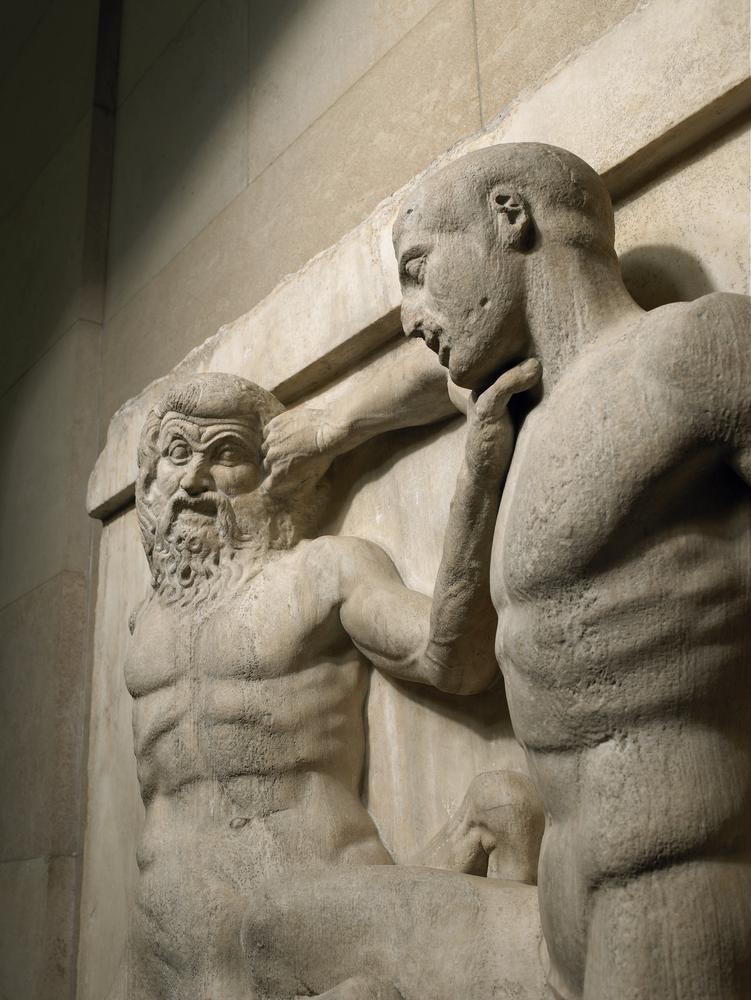
Studying artifacts like the Metope offers us a glimpse into the beliefs, values, and conflicts of ancient civilizations. It serves as a reminder of the power of art to transcend time and space, connecting us to our shared human heritage. Through such relics, we can appreciate the complexities of ancient societies and gain insights into our own cultural evolution.
In conclusion, the Metope depicting the battle between a Centaur and a Lapith in the British Museum is more than just a piece of marble; it is a window into the rich tapestry of Greek mythology and the artistic achievements of antiquity. Its presence in a modern museum underscores its enduring relevance and the ongoing dialogue between past and present.
